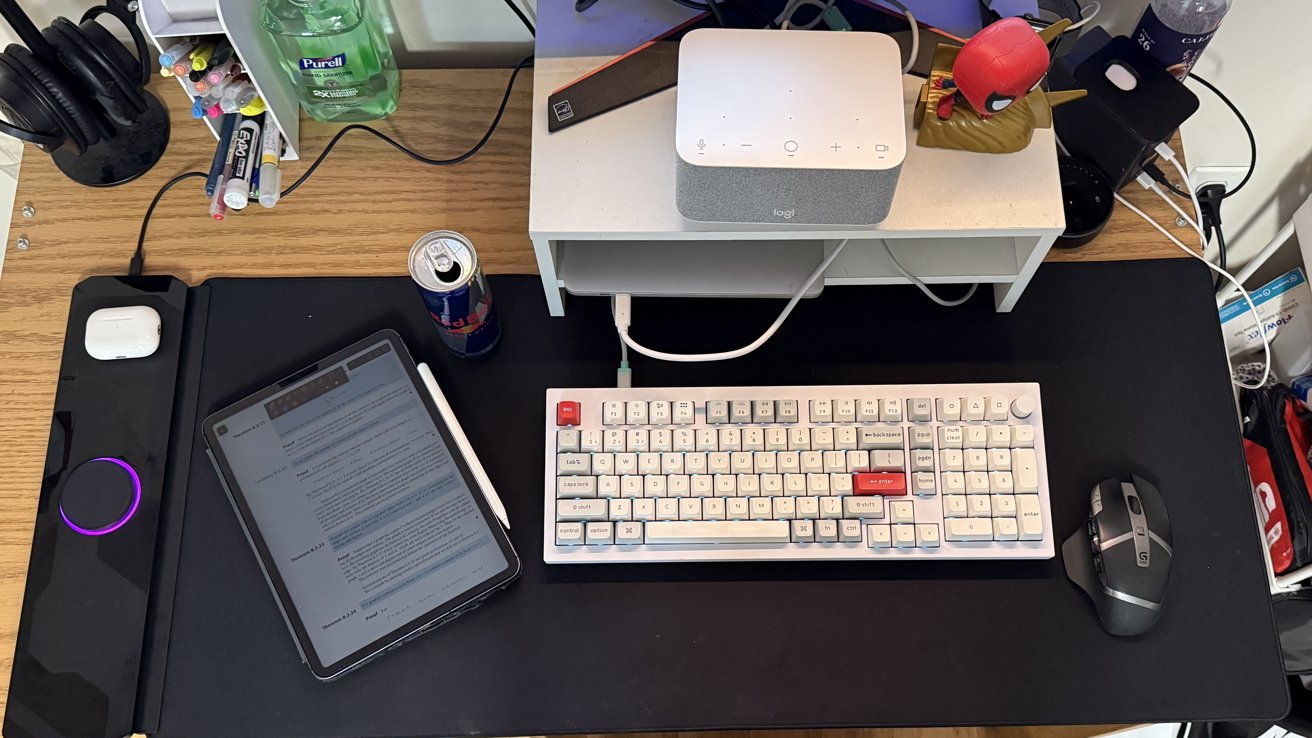Industrial manufacturing companies willing to invest in the digital transformation journey enjoy higher returns than their peers. On a global basis, industrial organisations are investing US$1.1 trillion a year in digital transformation solutions, and in return the most committed and advanced companies are creating double-digit returns through a combination of cost efficiencies and higher operational flexibility.
That’s the key finding from PwC’s latest Digital Factory Transformation Survey of more than 700 manufacturing companies across the globe. The results show that the most effective companies are implementing a full suite of factory-level digital technologies to drive manufacturing flexibility and resilience, as well as to reduce operational cost via factory automation.
Yet only 10 percent of companies have fully implemented or are in the final phase of implementing digital factory solutions. For the remaining 90 percent, the results of the more digitally-advanced show clear evidence why now is the time to catch up.
The current situation
Industrial manufacturing companies are going through a time of unprecedented crisis: the global COVID-19 pandemic has disrupted established supply chains, causing extensive delivery challenges and significantly increased volatility of demand. The political crisis in Eastern Europe is putting additional strain on the existing manufacturing footprint, requiring a redistribution of production volumes. The resulting shortage of key materials, from microchips and electronic components to steel and base materials is hindering the manufacturing of complete products and significantly increasing input costs.
These operational challenges are combining and interacting, pushing large manufacturing companies to rethink their operating models, and driving a shift in digital strategy imperatives: leading manufacturers are now implementing digital solutions that drive higher production flexibility and better delivery resilience. These solutions include integrated operations planning solutions, quality and maintenance analytics, digital twins, or advanced visibility and KPI dashboards. The capability to deliver in the face of volatile demands and shifting supply chain configurations is gaining importance. Efficiency improvements, such as through factory automation or AI-based efficiency solutions remain high on the priority list of digital manufacturing champions.
What the survey found
This years survey revealed ten key findings:
-
64 percent of companies are still at the beginning of their digital factory transformation – only 10 percent of globally surveyed manufacturers have completed their digital transformation programme or are currently in the final phase; 64 percent of the companies have only completed initial pilot installations or even less and need significant resources to complete their digital transformation journey. Now is the time to increase implementation efforts.
-
The transformation imperative has shifted from efficiency improvements towards flexibility and resilience – The COVID pandemic and conflict in Europe have forced leading manufacturers to implement digital solutions that drive higher production flexibility and better delivery resilience. The capability to deliver in the face of material scarcity and volatile supply chains are driving investments in operations resilience and factor automation.
-
Digitally enabled sustainability solutions have been gaining importance – Increasing legislation requirements, pressure from the capital markets and a global mindset shift are driving investments in sustainability. Digital solutions include CO2-efficient transport and logistics systems, energy-efficient use of resources in manufacturing and the introduction of recyclable ‘fully circular’ product solutions.
-
Over US$1.1 trillion of annual investments in factory transformation – focus is on Asia and Europe – Global digital investments reach more than US$1.1 trillion a year, with companies in industrial manufacturing and the chemicals industry spending the majority of digital funds. The investment focus is on Europe for labour cost arbitrage, and Asia for automating high quality production volume growth.
-
Only high investment leads to high returns and a solid foundation drives scalable digitisation – One quarter of the surveyed companies, who spend at least 3 percent of net revenue on digitalisation solutions, yield the highest, double-digit returns and quick pay back on their investments. Factory transformation cannot be done half-heartedly, but needs a solid IT and data backbone with focused operations and automation applications.
-
A standardised digital backbone is the key building block for successful factory transformation – Digital champions build a comprehensive IT architecture with an integrated standardised Enterprise Resource Planning (ERP) and integrated core operations applications like Manufacturing Execution Systems (MES), Manufacturing Operations Management (MOM), the Industrial Internet of Things (IIoT) or Product Lifecycle Management (PLM). Focus is on a standardised core IT architecture, with regional or divisional flexibility in implementing a subset of digital solutions in each factory.
-
Quality analytics, maintenance solutions and automated KPI monitoring are the most implemented use cases – Successful implementation is key: almost half of surveyed companies have implemented effective digital maintenance solutions and 40 percent of the companies are using advanced quality analytics tools. Other technologies, like the digital product twin or digital lean solutions, are lagging behind.
-
Emerging technologies with relative short-term payback include drones and 5G applications – Payback times for digital technologies average around 2.7 years. Faster ROIs of less than one year are most likely found for investments in drones of 5G applications. Surprisingly, investments in cobots or automated guided vehicles (AGVs) have the longest payback periods.
-
An agile target operating model to run the digital transformation is essential – Leading companies establish an agile target operating model to effectively develop and implement digital processes and solutions. This approach includes standardised connectivity of assets with best-in-class digital solutions, as well as a use case-based digital transformation approach.
-
Digital champions evolved from a centralised to an embedded organisational set-up – Leading companies often develop into an embedded digital organisation, with central management of systems, technologies and standards. They provide implementation flexibility to embedded teams based on the requirements of regions or business units for a fully-fledged or partial implementation across the company.
The digital reality
This moment in time is likely to prove a once-in-an-era inflection point. Digital transformation needs to be based on a capable IT and data infrastructure with the right mix of applications and technologies in use – from integrating cobots or AGVs into the operations value chain to driving operations flexibility and resilience via digital planning tools. In addition, employees and other stakeholders need to be persuaded that the digital transformation is not a threat but a chance to develop personally, through providing the right skill mix to all employees.
Ultimately, the 2022 survey results show that in the face of an unprecedented time of crisis, digital transformation is the path of choice toward building operational flexibility and resilience while driving forward operation excellence.



















Discussion about this post